8 Tips To Grow Big, Bushy Basil
These easy strategies will help you finally grow the big, bushy basil plants you've always dreamed of to harvest all summer long!
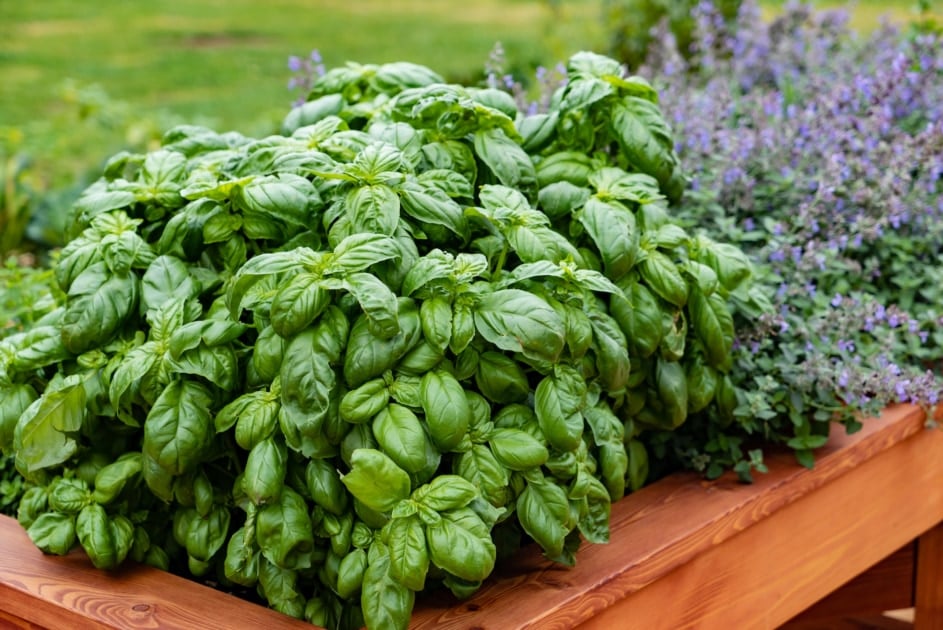
Basil is a fragrant, delicious, warm-weather annual herb that has a home in almost every summer garden. Whether you’re looking to fuel your pesto addiction, enjoy a caprese salad with your home-grown tomatoes, or you simply want to kick your legendary pasta sauce up a notch, basil’s versatility makes it a staple herb.
While your aromatic basil (Ocimum basilicum) is relatively easy to grow, the plants can quickly become tall, leggy, and sparse. Everyone wants those big, bushy plants with large yields. Good news: when cared for correctly, basil will supply you with an endless bounty all summer long.
Tips For Growing Big, Bushy Basil
Here are some tips will help you finally grow the big, bushy basil plants you’ve always dreamed of!
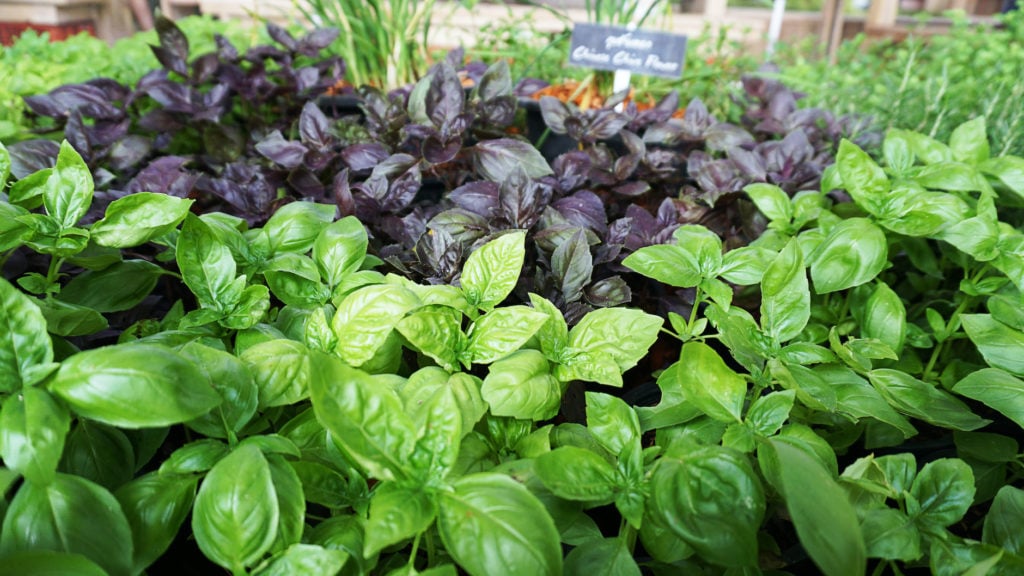
1. Keep Them Warm
Basil plants don’t like the cold and are sensitive to dips in temperature (those of us in Maine who can’t get basil to do much of anything know what this means!). Avoid putting basil seedlings in the ground too soon to avoid exposure to frost. If you plant your basil in containers, bring them indoors (your garage will do) if you anticipate a cool night.
2. Ensure Proper Drainage
Basil requires well-draining soil in order to flourish. Use a planter with plenty of drainage holes. If your favorite planter doesn’t have holes on the bottom, drill some if possible. Lining the bottom of the pot with a couple inches of gravel also allows for adequate drainage.
3. Keep Soil Moist
While basil likes well-drained soil, it should also be kept moist. Maintaining consistent moisture without water-logging them can be a fine line. Overwatering can cause the stems to mildew and rot, stunting your basil’s growth. Water your plants deeply once a week. Basil planted in containers requires more frequent watering as the soil dries faster than ground soil.
4. Water the Soil Not The Leaves
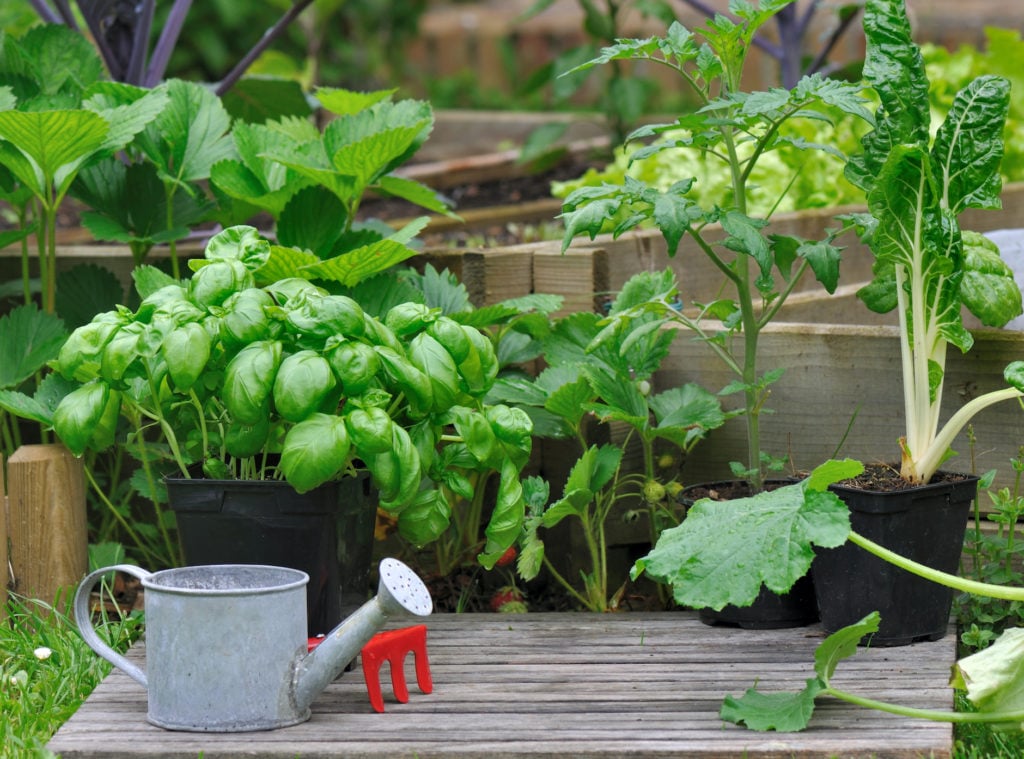
While watering, add water to the base of the plant, avoiding showering the leaves and stems. A slow, deep soaking method is best. Drip irrigation systems also work well. Mulching around plants also helps to retain and conserve water while keeping weeds at bay.
5. Let The Sun Shine In
Basil plants like a good amount of sun. Position your plants in a nice sunny spot where they can receive six to eight hours of sun per day, away from cold winds. If growing indoors, place containers on a sunny windowsill that lets in enough light.
Any questions? Let us know in the comments!
6. Fertilize Properly
Like most plants, basil also benefit from a nutrient boost. Feed your basil plants with a good organic fertilizer every four to six weeks for indoor plants and every 2-3 weeks for outdoor. A well-balanced fertilizer with equal amounts of nitrogen, potassium, and phosphate, will help to boost leaf production.
7. Harvest Early and Often
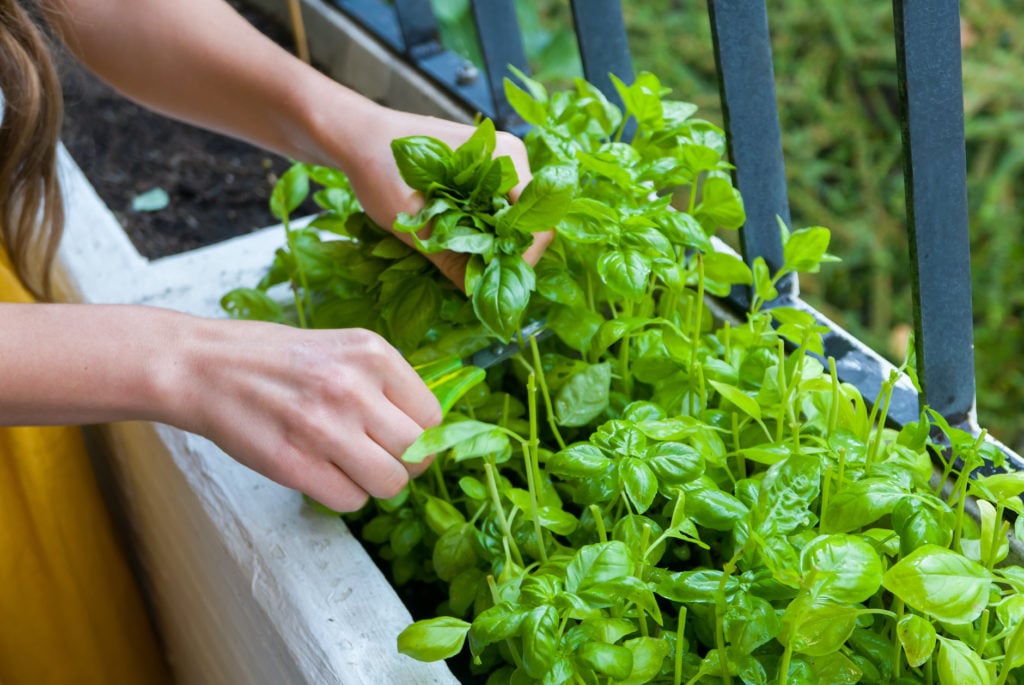
With basil, harvesting and pruning are essentially the same thing. Follow the tips below for pruning and use what you pruned a your harvest.
Start harvesting your basil early, continuing to harvest every week or two throughout the season. If you notice flower buds starting to form on your mature plant, it’s definitely time to prune. If not, the plant will put its energy into making seeds, rather than more of its delicious foliage. Plus flowering changes the flavor of the basil. If you’re late to the game and flowers have started to form, simply pinch off the flower heads, which are also edible.
It’s tempting to be over zealous when harvesting your basil, but it’s best to only harvest twenty percent of your basil plant each time. Leaving enough leaves on your plant enables it to grow at a faster rate.
8. Prune Like A Pro
View this post on Instagram
Pruning is the key to making your basil plant grow big and bushy. It may seem counterproductive to be cutting away when you want the plant to grow bigger, however, properly pruning your basil plant has everything to do with its growing success.
Follow these steps to prune your basil.
- Make sure your plants are 6″ tall or larger before you start pruning.
- Use herb pruning shears or small scissors help to ensure a clean cut.
- Don’t just randomly pick a leaf and snip. The leaves you trim will determine the continued health of your basil plant. Your pruning shears may be drawn to those large, deep green leaves found at the bottom of your plant, but keep those intact. These are the powerhouses of your plant and are needed to take in the sunlight and provide the rest of the plant with ample nutrients. Instead, pick the smaller ones growing at the top. Basil leaves grow in two leaves in opposite directions, sending up a stalk in the middle, which grow two more leaves. Locate those new tiny leaves that are forming on the branch and cut the stem just above the new leaves you identified, being careful to leave the new growth of leaves intact. Each time you prune the leaves at the top of your plant, it allows two new branches (and two new sets of leaves) to grow from that spot. When you prune again, new branches will grow exponentially bigger with each correct pruning, creating that bushiness you want.
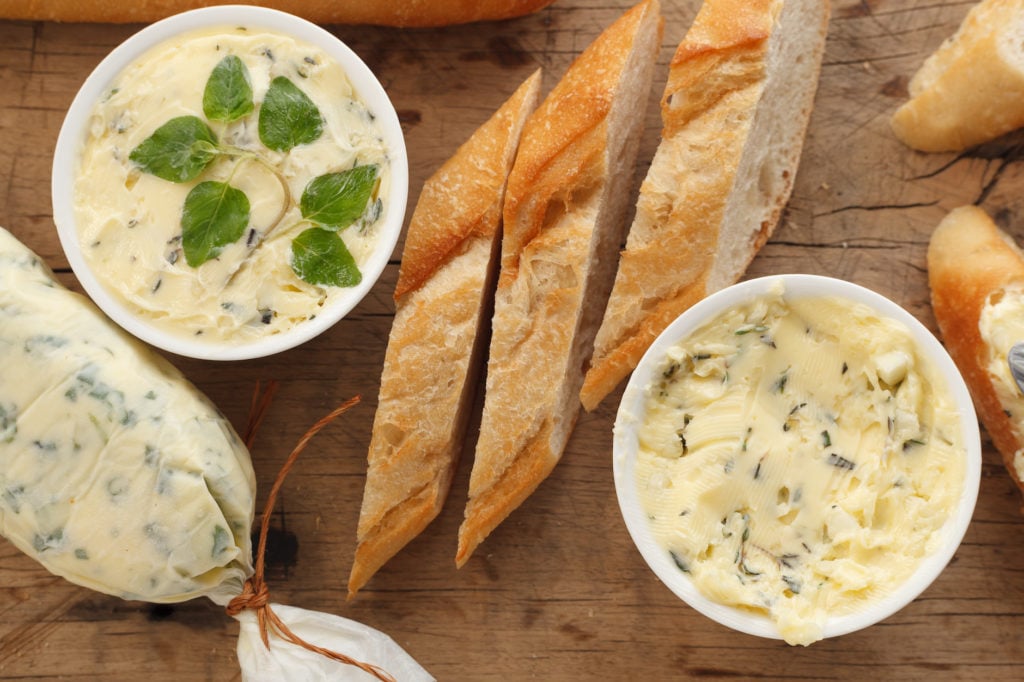
Lemon Basil Garlic Compound Butter Recipe
Now that your basil is producing, whip up something delicious! This tasteful combination is a great on fish and steak or tucked under the skin of chicken before roasting. You can also toss a pat in with your favorite cooked pasta for a quick, weeknight summer meal. It’s even good on corn-on-the-cob!
Ingredients:
- ½ cup (1 stick) butter (at room temperature)
- ¼ cup finely chopped fresh basil
- 1 clove garlic, finely minced
- ½ tsp. fresh lemon zest, about 1 lemon (may substitute for lime zest)
- Sea salt and fresh ground black pepper to taste
- Parchment (or wax paper)
Directions:
- Mix all ingredients together until well blended.
- Serve immediately or pour the butter mixture onto a sheet of parchment paper or wax paper and form it into a log and wrap the parchment paper around the butter. Twist the ends shut.
- Place in refrigerator to chill and harden. (Lasts for up to a week.)
From shewearsmanyhats.com

Natalie LaVolpe
Natalie LaVolpe is a freelance writer and former special education teacher. She is dedicated to healthy living through body and mind. She currently resides on Long Island, New York, with her husband, children, and dog.






Can the Lemon Basil Garlic Compound Butter be stored in the freezer and how long will it stay good in there?
Hi Kelly, Yes, you can store lemon basil garlic compound butter in your freezer. Airtight containers can last for 3-6 months. You may want to pre-cut portions for easier usage. Let us know how it goes and feel free to share pictures here 🙂 Best wishes from all of us at FA!
Thank you for the wonderful basil growing tips, and the recipe!
Thanks for sharing
Why can’t you make these help articles printable?
Just right click on the article and print that way